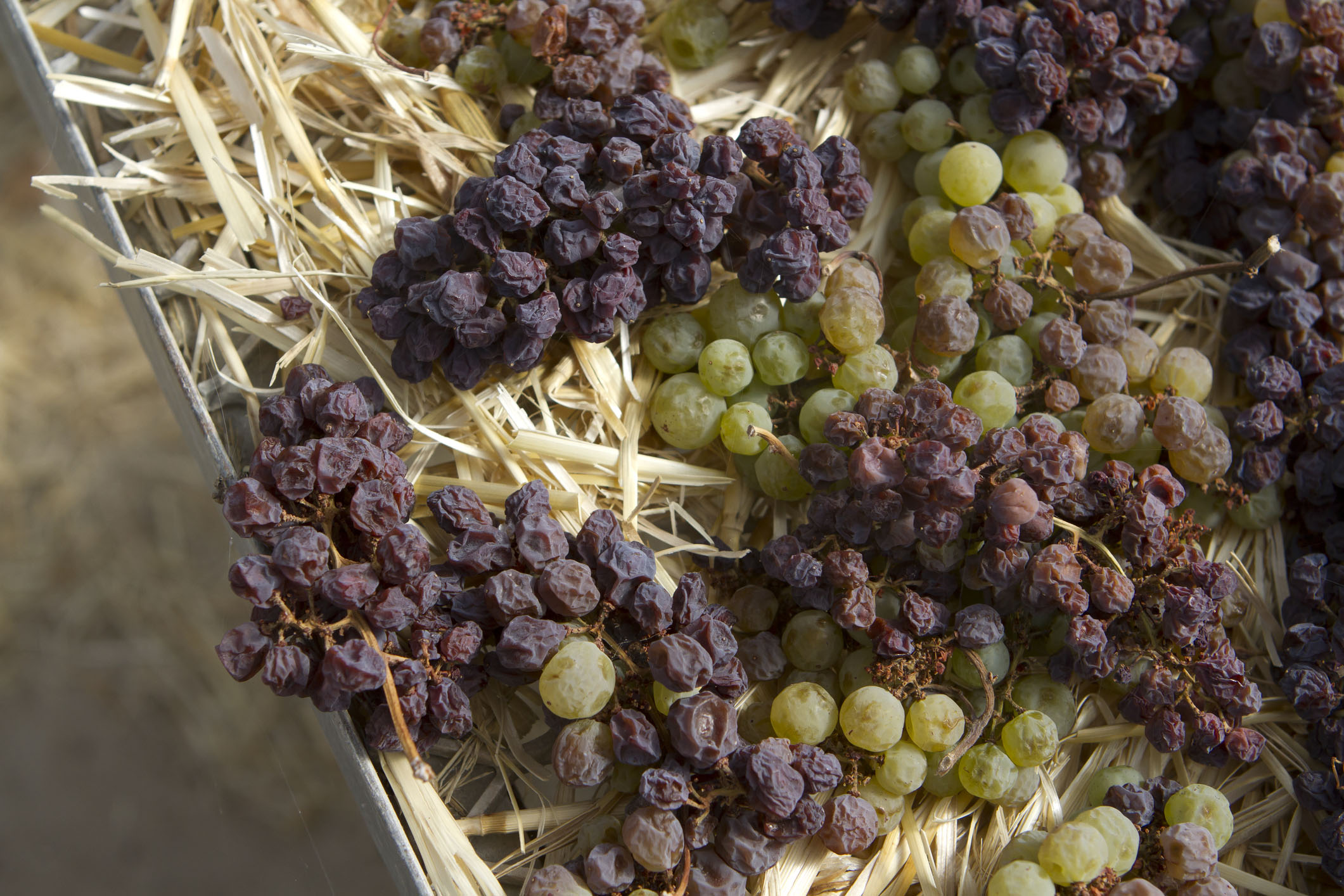I’ve been seriously studying wine for a couple of years now, and have committed to at least two more years of study for the WSET Diploma course. I’m really excited about delving further into the wonderful world of wine.
During my past studies – WSET Intermediate and Advanced programs – I tasted a couple hundred different wines, and learned how to do tasting notes and, hopefully, discern a faulty wine from an acceptable wine from an outstanding wine – whether or not I actually like the wine.
During my studies, the one thing that surprised me most was my affinity for sweet white wines. “Sweet” wine has a new meaning for me since the beginning of my studies. It’s not the cloying, overly sugared and fruity stuff that I drank at the university pub back in my college days. That “wine” was sufficient then, as my only goal was to reach an altered state, not to actually taste and appreciate what I was drinking. Sweet now can best be described by words like honey, liquid gold, elegant, and sexy.
The term “late harvest” is key to the sweetness in the wines I love. The longer the grapes hang on the vine, into the cooler/colder months, the more they shrivel up, hence concentrating the natural sugar in the grapes, and producing that luscious, velvety smooth, honey-like sweetness.
Over the last year or so, there have been three outstanding sweet wines that are now on my list of must-haves in my wine fridge – when I can find them. One is an Austrian Beerenauslese made from Welchsriesling and Chardonnay grapes, one is a late-harvest Viognier from the Central Coast of California, and one is a Petit Manseng (that’s a grape varietal) from the Jurancon region of southwestern France.
The 2009 Kracher Beerenauslese Cuvée (average $28, half bottle) has a pronounced honey taste and ripe stone fruit aromas, as well as subtle mineral characteristics. The wine has just enough acidity to balance out the sweetness, making it a clean, refreshing dessert wine. Beerenauslese, or BA, is a German classification that indicates a rare, expensive sweet wine, and “noble rot” often enhances its flavors. This Austrian wine is made from Welschriesling white grape varietal, which is unrelated to the German Riesling grape, but like the latter is a late-ripening vine whose grapes retain their acidity to balance out the sweetness. I enjoyed a bottle after a back yard barbecue last summer, and it was the perfect accompaniment to good food, good friends, and a beautiful West Los Angeles sunset.
The 2012 Starr Ranch Sweet Chariot ($22 for half bottle) is a late-harvest Viognier that I drank on Valentine’s Day, after a lovely meal, and while knocking back luscious See’s dark chocolates. I adore Starr Ranch wines, and think that Judy Starr and her winemaking team can do no wrong. Located on one of the most gorgeous hillsides in Paso Robles, California, her ranch is a magical place, producing grapes, walnuts, and persimmons. The Sweet Chariot late-harvest Viognier tastes of stone fruit – apricots and peaches – and also has a nice minerality. As the winery’s notes say, “Let it waft over you, feet up, content, on your patio.” Unfortunately, we’ll have to wait till a new vintage is produced, as the 2012 is sold out. I have my fingers crossed that I will score some more of the Sweet Chariot soon.
And I’ve saved my favorite for last. It’s my favorite because it was the game changer for me. I tasted this wine while in one of my WSET classes, and after class ran to The Wine House and bought as many bottles as I could find. The 2009 Chateau Jolys Cuvée Jean (average $22, full bottle) is a late-harvest Petite Manseng grown in the Jurançon region of southwestern France. Petit Manseng grapes are small and thick skinned, and are partially dried on the vine (known as “passerillage”). They are often not harvested until December, which causes a high amount of residual sugar to accumulate in the grape, creating a luscious, golden, elegant wine with notes of tropical fruit and a nice acidity to balance out the sweetness. I just love this wine, and have shared it with many friends, but it’s now hard to find. Try http://www.pywine.com/where-to-buy/ .
I hope to experience all of the above sweet wines again in 2014, and will make an effort to continue my studies of all wines, especially the late-harvest gems.
Until next time, Cheers!





 Hi I’m Catherine, founder of Wine Women And Chocolate. Want to become a contributor for Wine, Women & Chocolate? Interested in sharing your unique perspective to a group of supportive, like-minded women?
Hi I’m Catherine, founder of Wine Women And Chocolate. Want to become a contributor for Wine, Women & Chocolate? Interested in sharing your unique perspective to a group of supportive, like-minded women?